Ban Mountain is a small mountain in Tu Tay village, formerly Thuy An commune (now An Tay ward, Hue city). The mountain is 43.75 m high, 3 km from Hue Citadel; to the east it borders Ngu Binh mountain, to the west and north it borders Truong Coi village, Thuy Bang commune (now Truong An ward), to the south it is the residence of Tu Tay villagers (An Tay ward).
According to history books, Ban Mountain (Ban Son) is where King Nguyen Hue of Bac Binh set up an altar to perform a ceremony to report to heaven, ascended the throne and quickly sent troops to Thang Long to destroy 290,000 invading Qing troops on November 25, Mau Than year (December 22, 1788).
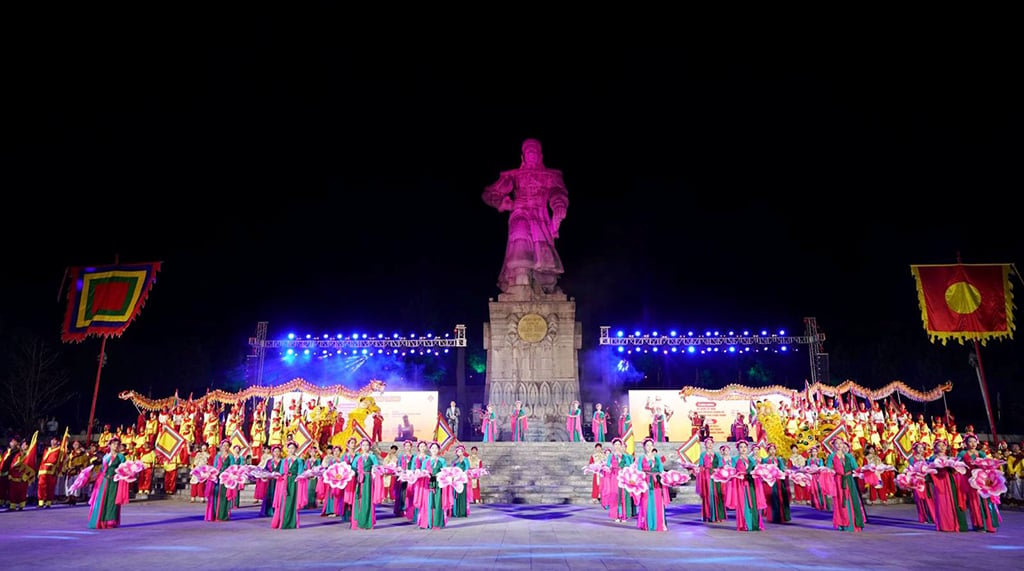
Quang Trung Festival is held annually on the anniversary of Nguyen Hue's coronation at the Quang Trung statue at the foot of Ban Mountain.
However, before 1977, the Ban Mountain relic was almost unknown. At the end of 1977, Associate Professor, Dr. Do Bang (currently Chairman of the Thua Thien-Hue Historical Science Association) was the first person to research and verify that the Ban Mountain relic belonged to Con Mo area, Hanh hamlet, Tu Tay village, Thuy An commune - now An Tay ward, Hue city.
According to Associate Professor Dr. Do Bang, the name of the mountain in the past is unknown, but since King Nguyen Hue of Bac Binh split Ban Mountain into three levels to build an altar to worship the heavens, the local people called this mountain with names such as: Dong Tang, Ba Tang, Tam Tang, Ba Vanh, Hon Thien. It is very possible that Nguyen Hue was the one who named the mountain Ban (where he chose to build the altar), meaning "perfect inside and out".
At the time of discovery, Ban Mountain was a ruined area with overgrown trees. After the war and after peace, people encroached on it to build tombs. This place became a deserted and gloomy cemetery. After the relic was identified, on November 18, 1988, Ban Mountain was recognized as a National Historical Relic.
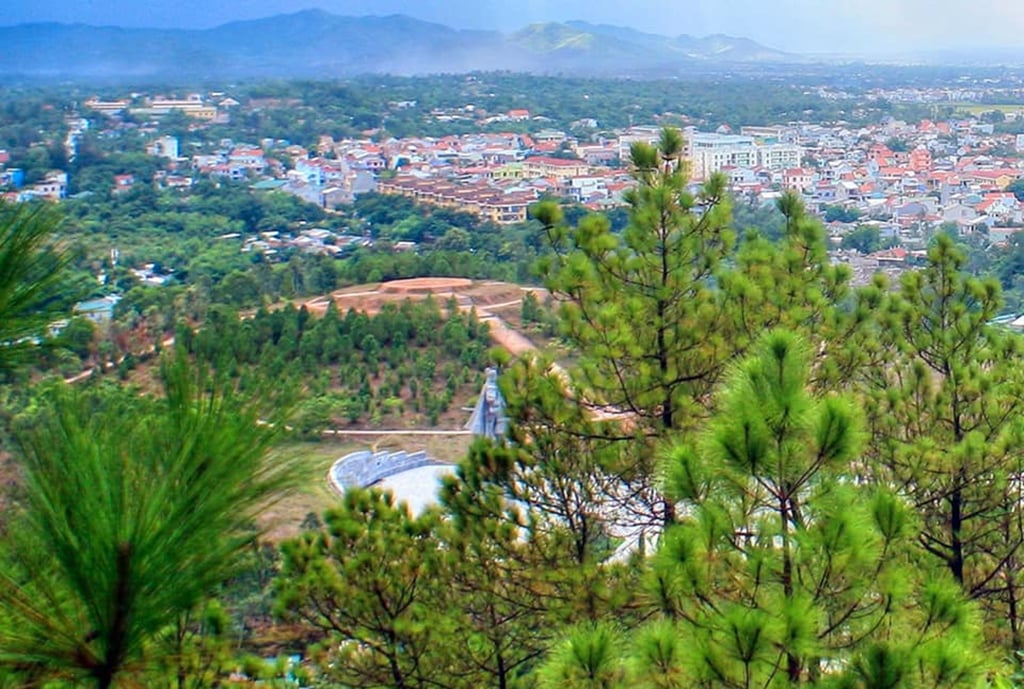
Panoramic view of Ban mountain from Ngu Binh mountain
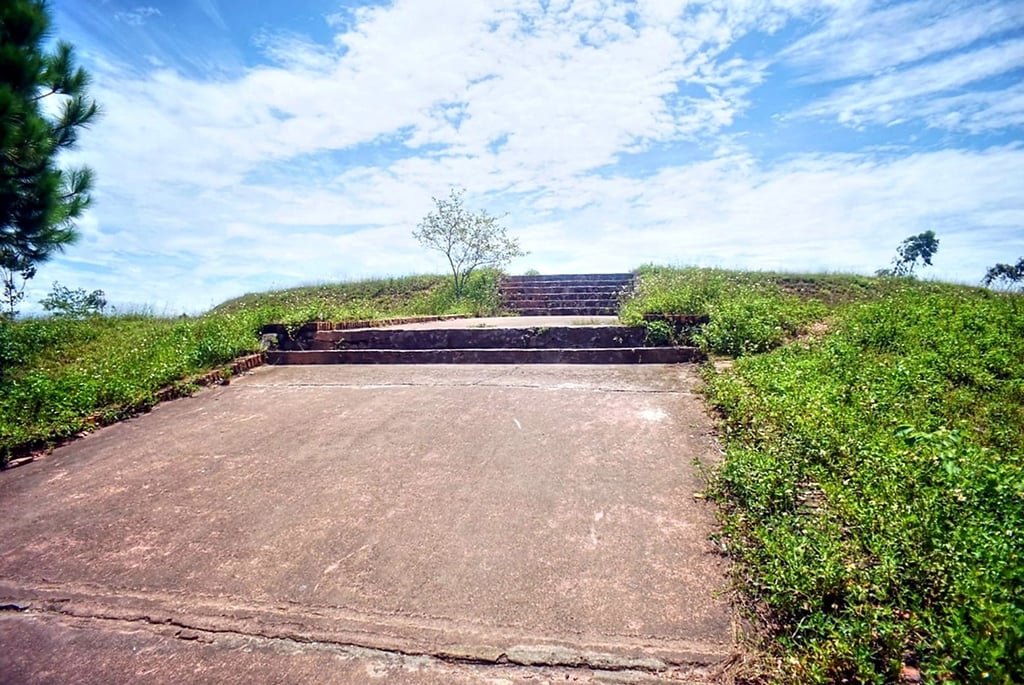
Remains of the Nam Giao Altar of the Tay Son Dynasty on Ban Mountain
PROPOSAL FOR RECOGNITION OF SPECIAL NATIONAL MONUMENT
In 2007, the People's Committee of Thua Thien-Hue province approved the investment project of the National Hero Quang Trung Memorial Site at Ban Mountain, and on January 28, 2008, the project began. After 2 years of construction, on January 9, 2010, the Quang Trung Monument at Ban Mountain was inaugurated, becoming an important project of the Tay Son relic in the ancient capital of Hue.
In 2022, the National Museum of History in collaboration with the Museum of History of Thua Thien-Hue province excavated the Ban mountain relic. As a result, after opening 9 holes in the east, west, south, and north directions of the altar, some original traces appeared such as the embankment, the slope, the first floor foundation and part of the foot of the second floor side of the Nam Giao altar during the Tay Son period. In the southern area, a hole running in the north-south direction showed that the original altar only had a fairly flat area of the first floor foundation, 2 m wide, exposed at a depth of 0.5 m. The first and second floor sides of the altar in this area were deformed.
During the excavation, the team of experts discovered broken bricks and stones mixed in the soil. In the western area, they discovered more stone foundations and brick pavements at the foot of the first floor of the altar. The stones were identified as sandstone in the form of blocks, light yellow, light purple, blue-gray, and white-gray. The bricks discovered were rectangular bricks in bright red color, fine bone, high firing temperature with a width of 13 - 14 cm, thickness of 2.5 - 4 cm, length of 14 - 16 cm, dating from the 18th century. This clearly reflects the hasty construction of the Nam Giao altar during the Tay Son period.
According to Mr. Nguyen Ngoc Chat, Deputy Head of the Research and Collection Department (National Museum of History), who presided over the excavation, the initial excavation results have brought new and valuable insights in determining the scale and original structure of the Nam Giao altar during the Tay Son period. That result contributes to affirming that Ban Mountain is the place recorded in historical books as well as confirmed by previous researchers in Hue as the place where the altar was set up to inform heaven and earth, and to ascend the throne of Bac Binh King Nguyen Hue.
"From the results obtained, it can be seen that the Nam Giao altar built during the Tay Son period was much larger in scale and the perimeter of the first and second floors was much larger than the current altar. The layout of this altar is similar to the Vien Khau altar (built in 1540 in the Thien Dan relic site in Beijing, China) with a square base, 3 floors, and a circle in the middle," Mr. Chat assessed.
Associate Professor, Dr. Do Bang believes that with the special historical value of the Tay Son dynasty, the hero Nguyen Hue and the evidence from recent archaeological excavations, the Ban Mountain relic deserves to be ranked as a special national historical relic. (continued)
Source: https://thanhnien.vn/nhung-ngon-nui-thieng-nui-ban-noi-quang-trung-len-ngoi-hoang-de-185240915194608861.htm


![[Photo] Prime Minister Pham Minh Chinh receives Country Director of the World Bank Regional Office for Vietnam, Laos, Cambodia](https://vphoto.vietnam.vn/thumb/1200x675/vietnam/resource/IMAGE/2025/5/15/2c7898852fa74a67a7d39e601e287d48)

![[Photo] National Assembly Chairman Tran Thanh Man meets with Thai Prime Minister Paetongtarn Shinawatra](https://vphoto.vietnam.vn/thumb/1200x675/vietnam/resource/IMAGE/2025/5/15/e71160b1572a457395f2816d84a18b45)
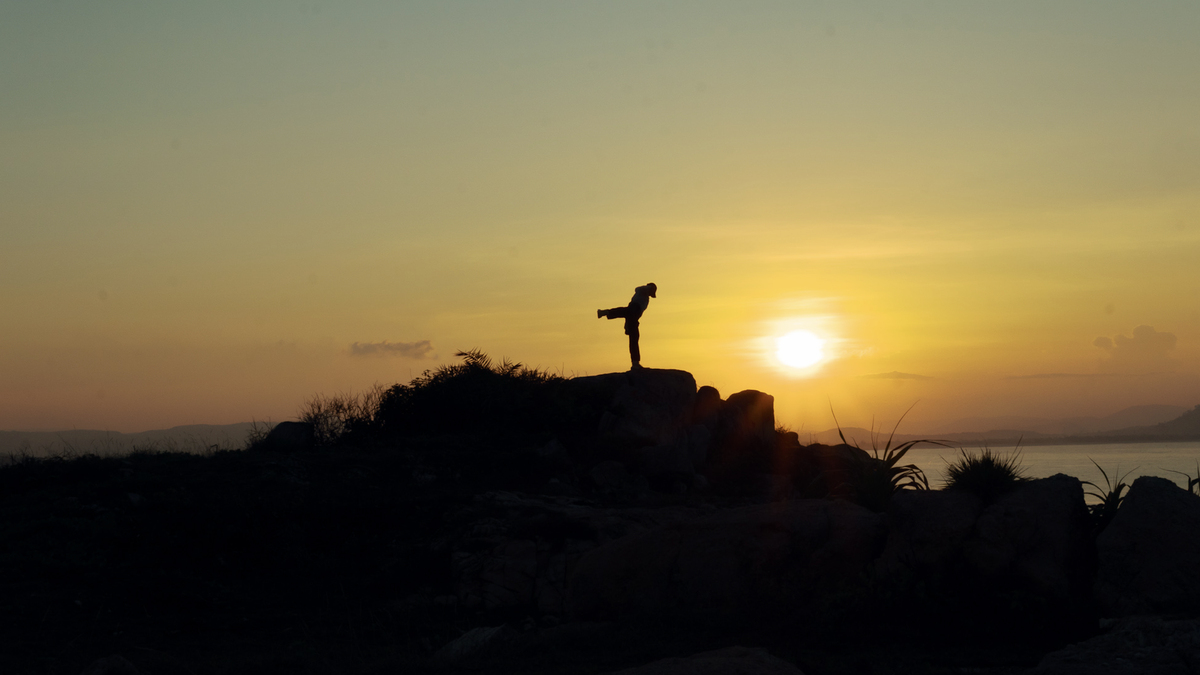
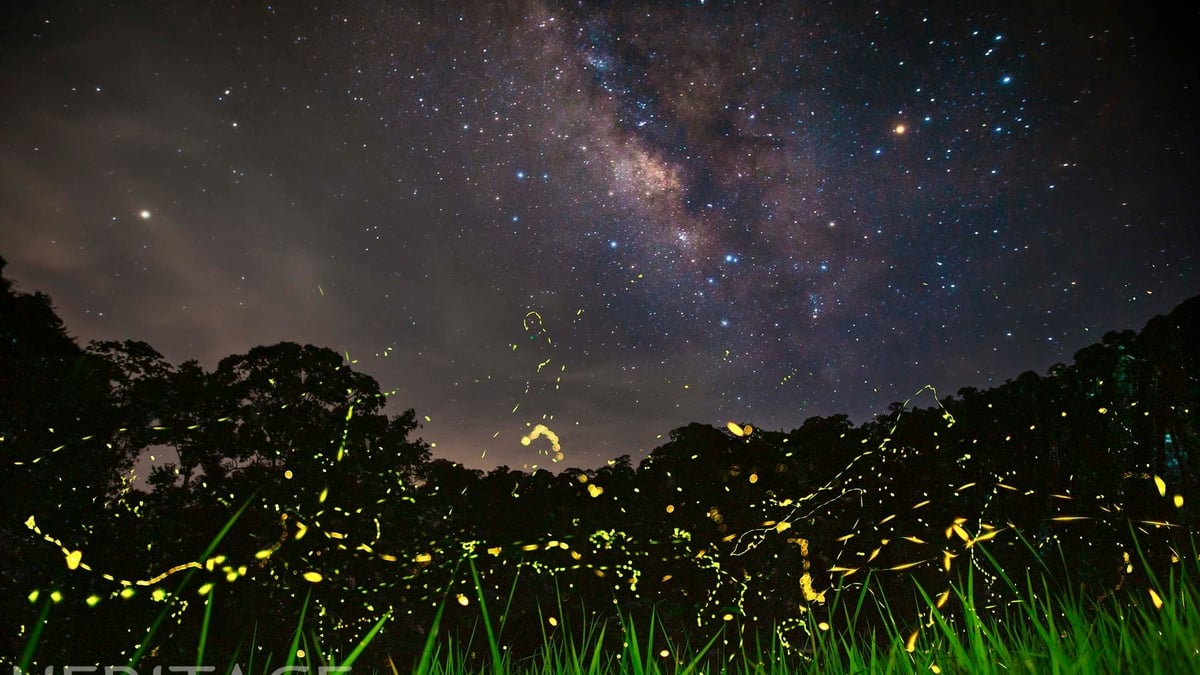
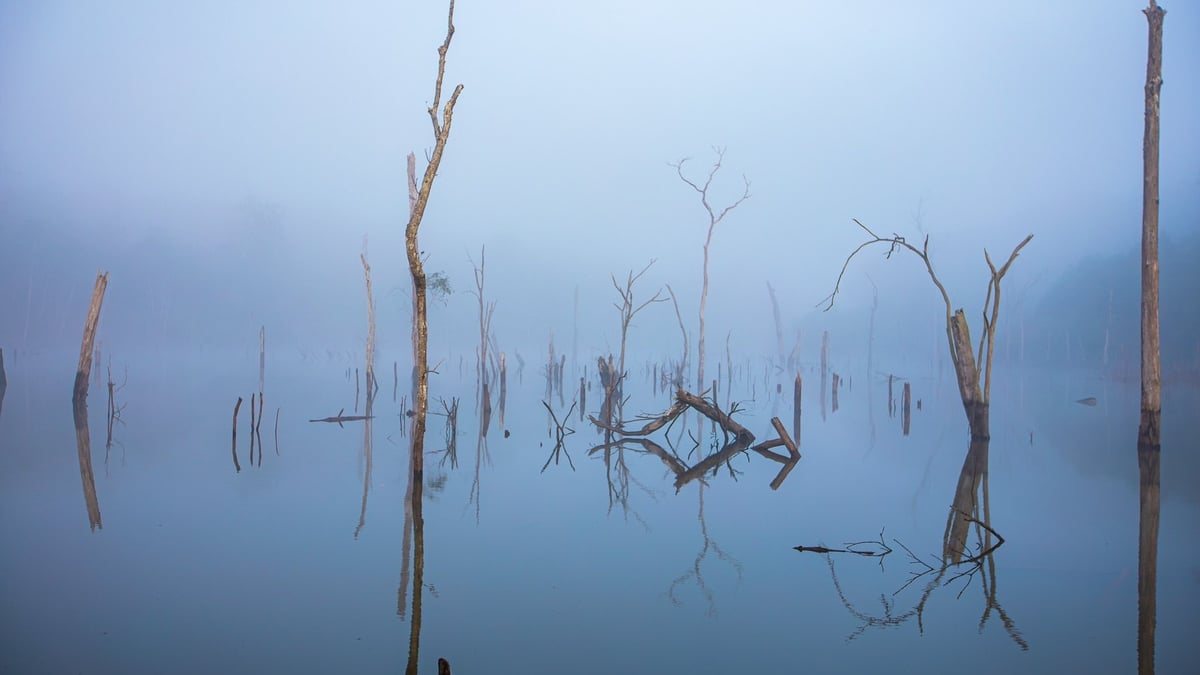
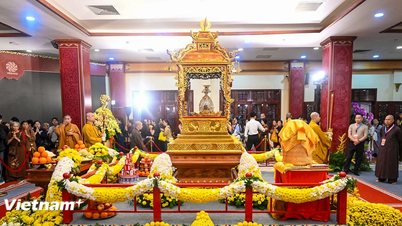

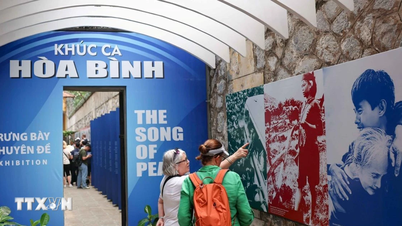
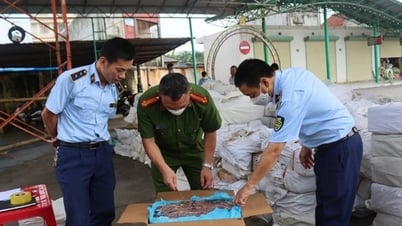




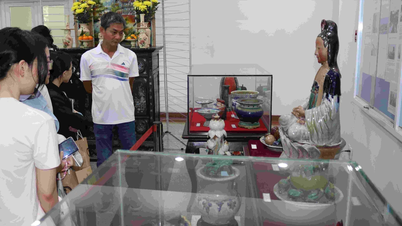





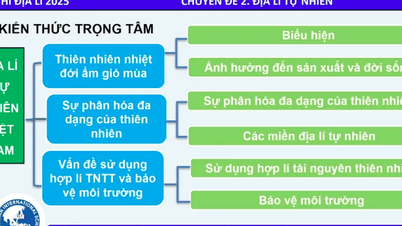

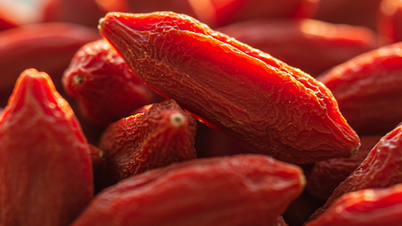



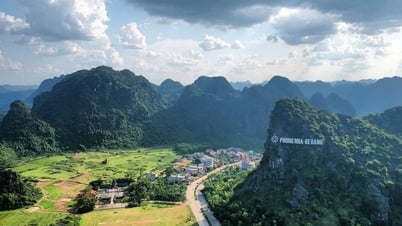

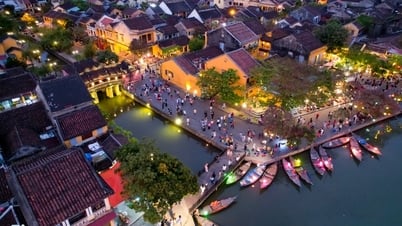

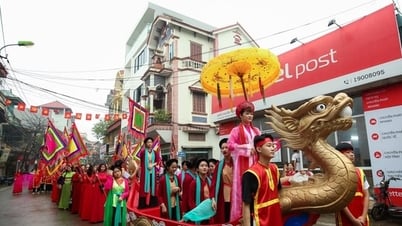



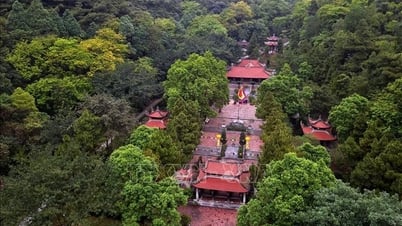



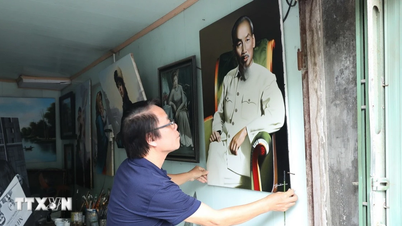
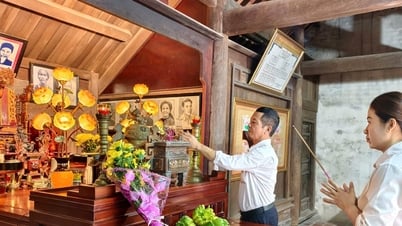





























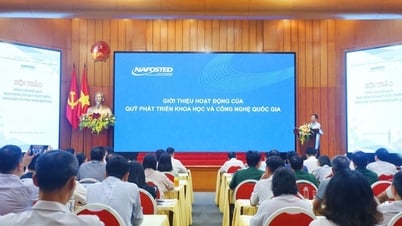


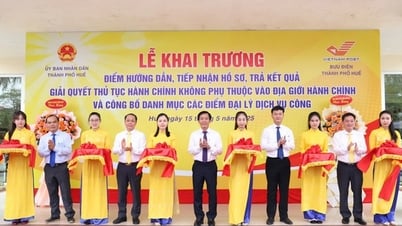
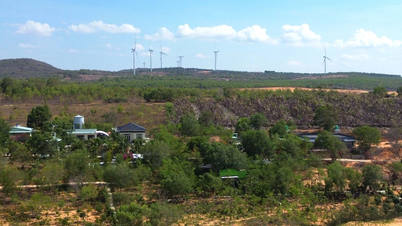
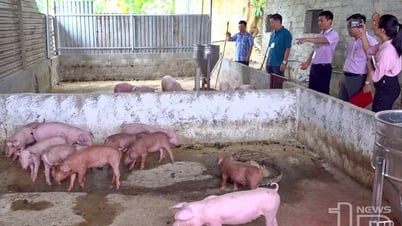







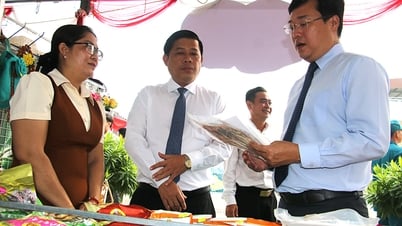




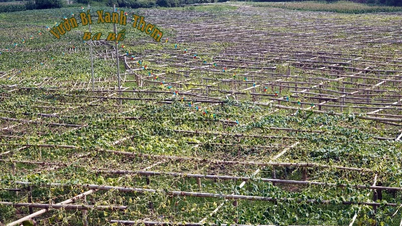



Comment (0)